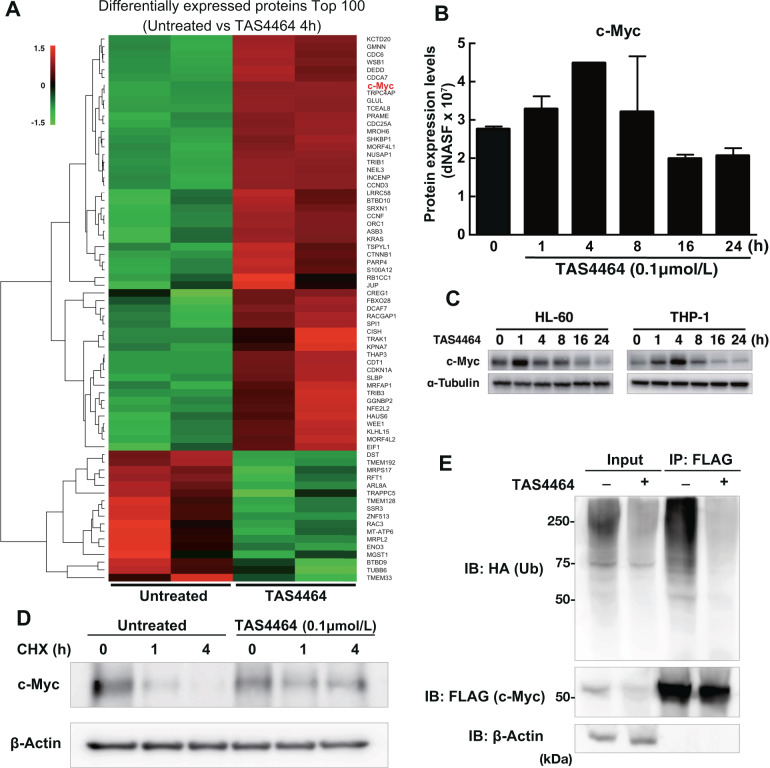Fig. 5. TAS4464 increases the protein stability of c-Myc.
A The top 100 differentially expressed proteins between untreated cells and treated with 0.1 μmol L−1 TAS4464 for 4 h identified by non-target proteomic analysis are listed in the heatmap. B Changes in c-Myc protein expression levels identified in proteomic analysis during treatment with 0.1 μmol L−1 TAS4464 for up to 24 h. Data are presented as the mean ± SD values of data from three independent experiments. C Immunoblotting for c-Myc in HL-60 and THP-1 cells treated with 0.1 μmol L−1 TAS4464. Samples were harvested at 1, 4, 8, 16, and 24 h after treatment. D Cycloheximide (CHX)-chase analysis for HL-60 cells. The HL-60 cells were treated with DMSO (Untreated) or TAS4464 (0.1 μmol L−1) in the presence of CHX (100 μg mL−1) for the indicated time points (hours). Immunoblotting for c-Myc was performed to evaluate the protein stability. E Immunoblotting for HA-tagged ubiquitin and FLAG-tagged c-Myc after immunoprecipitation of c-Myc. 3×FLAG-c-Myc and HA-ubiquitin were transfected into HEK293T cells. After 8 h of transfection, cells were treated with MG132 (1 mM) and TAS4464 (0.1 μmol L−1) for the last 16 h, and the extracted proteins were subjected to ubiquitination assay for c-Myc.

